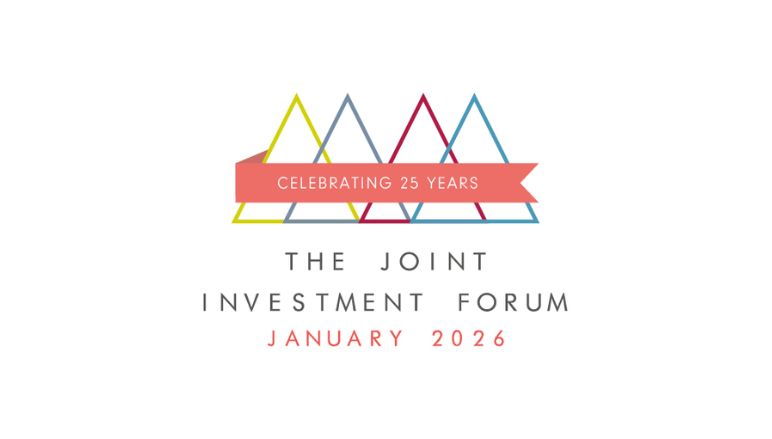The tariff regime will have prompted plenty of head-scratching ahead of the interest rate decisions this week.
- The decision of the US Federal Reserve to hold rates was widely expected
- Tariffs create inflationary pressures in both countries, but there are also deflationary forces at work
- The UK has a clearer line of sight than the US
Central banks had an unenviable task this week as they weighed interest rate decisions amid a climate of huge uncertainty. Both the Bank of England and the Federal Reserve are wrestling with slowing economic growth and tariff-led price rises, alongside still-buoyant wage growth. In the US, Fed Chair Jay Powell has also had to navigate interventions from the President.
For the US, the decision to hold was widely expected and a no brainer. If the Bank of England has to navigate the impact of a single trading relationship gone awry, the Federal Reserve has to consider the impact of the US’s relationship with every country in the world. Some are imposing reciprocal tariffs, plenty are boycotting US goods. The impact on inflation is unknowable, but could be severe. The Fed had little choice but to hold.
Isaac Stell, investment manager at Wealth Club, said: “The FED’s job has been made all the harder by the flip-flopping on policy which further clouds the landing site. The decision has been driven by the resilience seen in the jobs market and the risks to the upside to inflation despite its recent downward trend. GDP for the first quarter contracted, primarily due to surging imports ahead of tariff implementation, however this was more idiosyncratic in nature and seems to have been discounted from today’s decision….the FED appears to have chosen the sensible option, as taking undue risks without a clear line of sight is futile.”
For the UK, tariffs may be inflationary or deflationary. Laith Khalaf, head of investment at AJ Bell, says: “On the one hand, tariffs themselves increase the price of imported goods, which leads to higher inflation, other things being equal. If the UK doesn’t impose any tariffs on US goods, UK consumers will be largely sheltered from this direct inflationary effect. But there are second order effects, which may not be so benign. In particular the appreciation of the US dollar against the pound represents a risk to the price for US goods on sale in the UK.”
Deflationary forces are also at play. In particular, fear of a global economic slowdown has pushed the oil price lower. Higher energy prices were a key factor in Bank of England predictions of a rise in inflation to 3.7% later this year. Without them, inflationary pressures abate. Equally, the newly-minted US/UK trade deal could mitigate some of the tariff effects.
These were tough decisions, but ultimately, the Bank of England had fewer factors to weigh, and could bite the bullet on a rate cut. It is possible that the different choices made by the two central banks marks the start of a broader divergence between the major global economies.


















